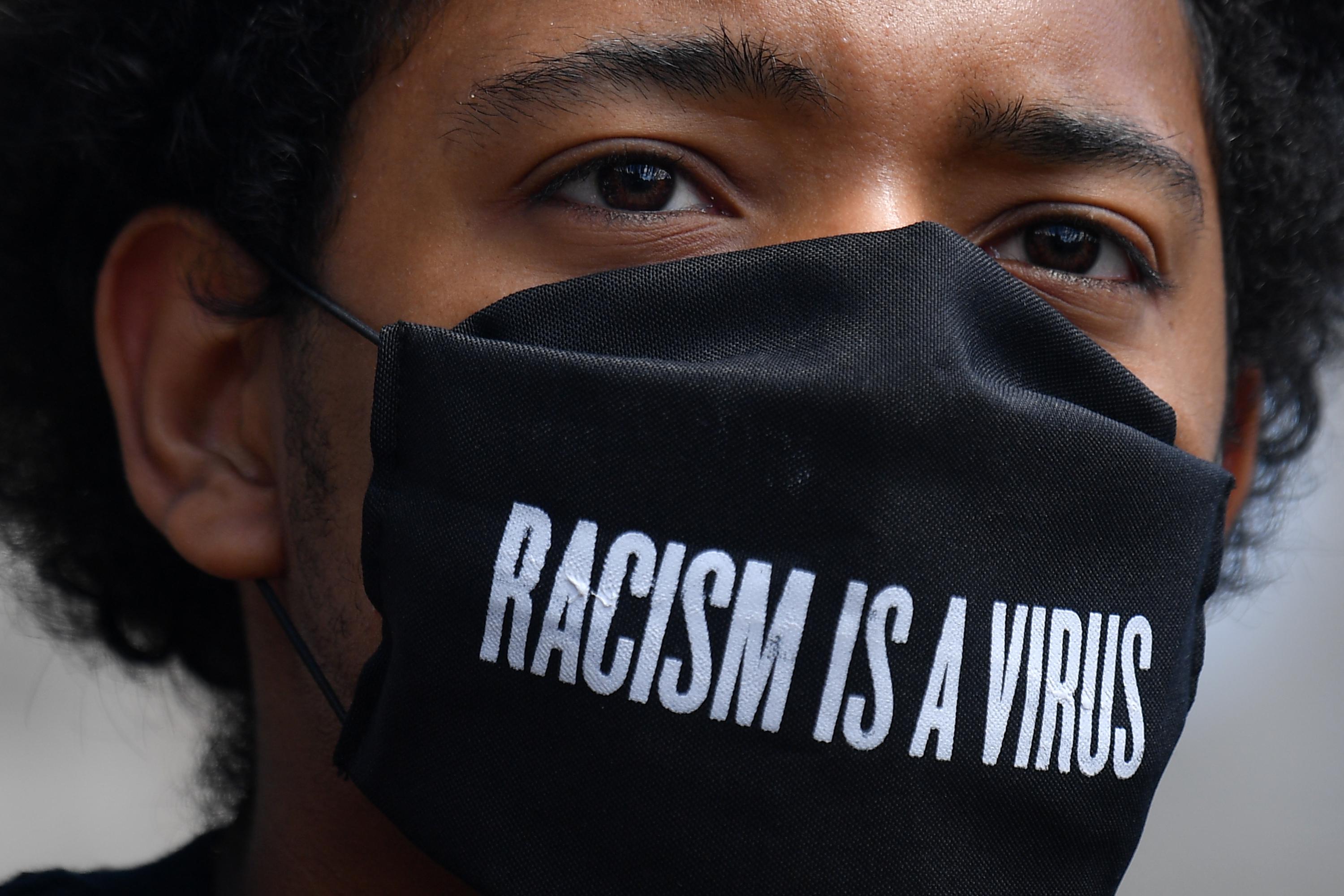

Accordingly, diversity in the judicial pool helps to ensure that rulings reflect a broader set of viewpoints, especially those that are traditionally overlooked, while acting as a check on a single dominant perspective. Judges who self-identify as members of historically underrepresented groups draw on their divergent life experiences while hearing cases and deliberating with colleagues, which helps them to consider the interests and unique perspectives of a variety of litigants and communities. 9 According to information compiled by the Alliance for Justice, at least 40 of Trump’s judicial appointees have poor records in one or more of the following issue areas: voting rights, reproductive justice, LGBTQ rights, and protecting the Affordable Care Act (ACA). 8 While federal courts have at times offered underrepresented groups a tool for realizing and protecting basic and fundamental rights, this is becoming increasingly less true-particularly under President Trump. 7 Judges have also taken aim at important protections for LGBTQ people, religious minorities, and people of color. Wade is under serious threat of being overturned or undermined by the U.S. 6įor the first time in nearly 50 years, Roe v. 5 However, while previous presidential administrations have made concerted efforts to diversify the bench, President Donald Trump has appointed the least racially and ethnically diverse group of federal judges of any president over the past three decades. As aptly described by Supreme Court Justice Elena Kagan, “People look at an institution and they see people who are like them, who share their experiences, who they imagine share their set of values, and that’s a sort of natural thing and they feel more comfortable if that occurs.” 4 Moreover, ethnic and gender diversity on the bench has been shown to positively affect decision-making. For parties to a case and the public at large, the court’s legitimacy is strengthened when many of the decision-makers look like or share similar characteristics to them. 3ĭiversity adds immense value to the judiciary. Judges who self-identify as LGBTQ make up fewer than 1 percent of sitting judges.


2 Only 27 percent of sitting judges are women, while Hispanic judges comprise just 6 percent of sitting judges on the courts. Today, more than 73 percent of sitting federal judges are men and 80 percent are white. Also contributing to the judiciary’s legitimacy crisis is the lack of federal judges representing historically underrepresented groups, such as people of color, women, individuals who self-identify as LGBTQ, people with disabilities, and people belonging to minority religions.


 0 kommentar(er)
0 kommentar(er)
